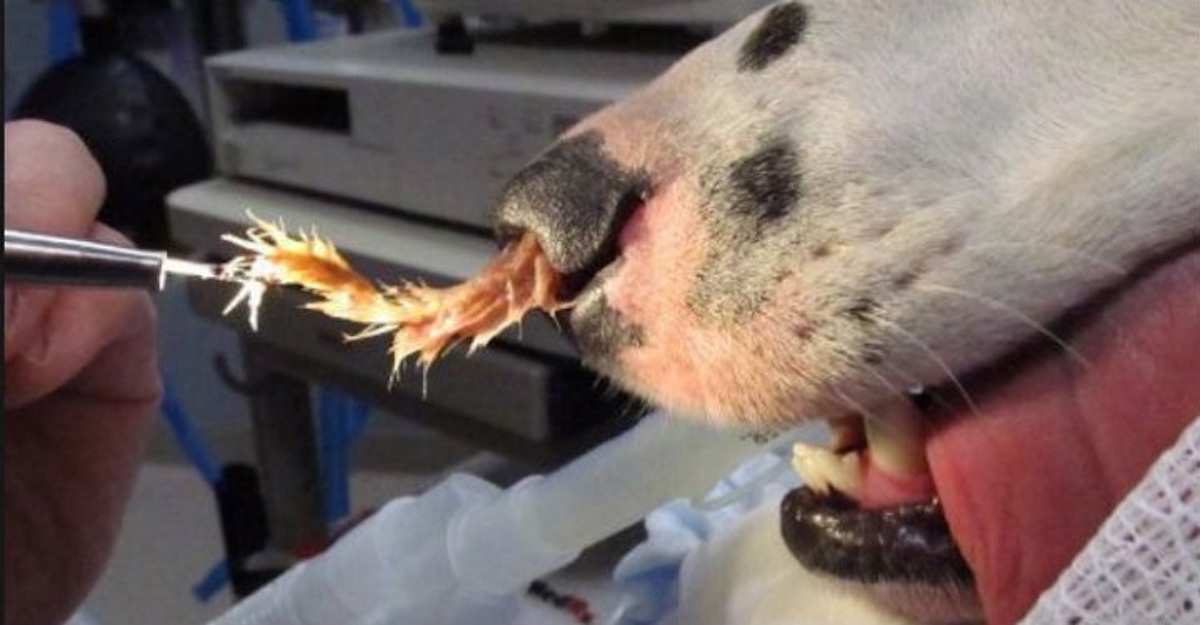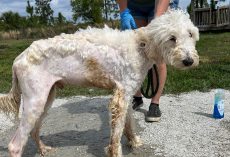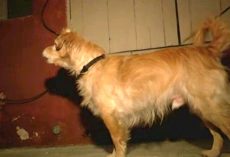There is nothing better than being able to let your dog run loose in a field of grass. It gives them some much needed exercise and provides you with joy.
Unfortunately, some recent injuries are proving that you can just let your pup run anywhere; all because of one type of grass. Veterinarians are urging pet owners to keep their pups away from foxtail grass because it can cause major wounds on the dog’s skin, feet, eyes, nose, and stomach.
The part of the grass that makes it harmful to your pup is the seed awns; which are needles made to implant a seed further into the ground.
And while this sounds like one of nature’s miracles, it can wreck havoc on your dog’s body, because it burrows into their skin when they come into contact with it. When the needle-like awns dig into the soft tissue, it can result in major injuries.

Vets are saying that the seed lawns are as dangerous as a bullet to your dog.
As to be expected, dogs with longer hair are more vulnerable to collecting the foxtail grass, so if you can’t keep your pup trimmed down, then it’s best to be vigilant when it comes to keeping your eyes peeled for the grass.
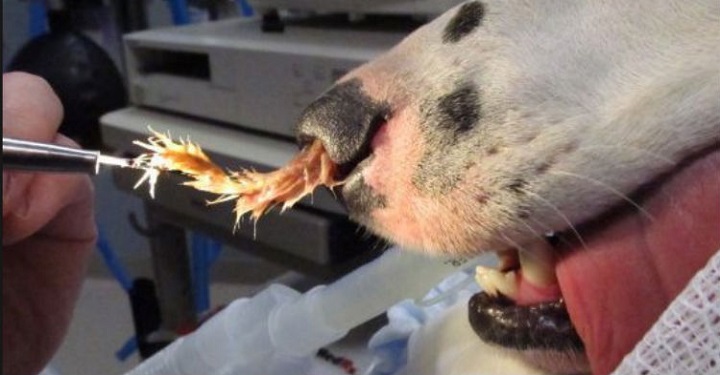
So where is this type of grass found? The tricky thing with pinpointing foxtail grass is that it looks a lot like an average weed that could be found in a distressed location.
A site that has been disturbed is a common location for foxtail grass. Some of these locations may be vacant lots, open fields, landfills, and roadsides. It is best to avoid these types of areas if possible.
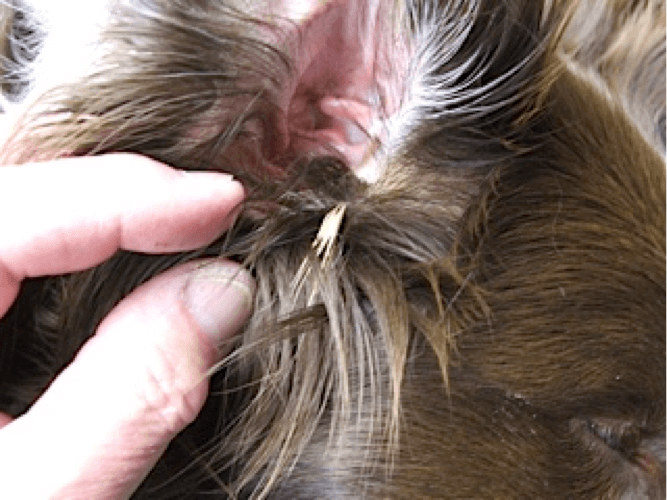
How do you know if your dog has been exposed to foxtail grass?
There are a few symptoms that can alert you if your dog has been exposed. Sneezing on a consistent basis is a red flag that your pup may have a foxtail in their nose, which is one of the most common places for it.
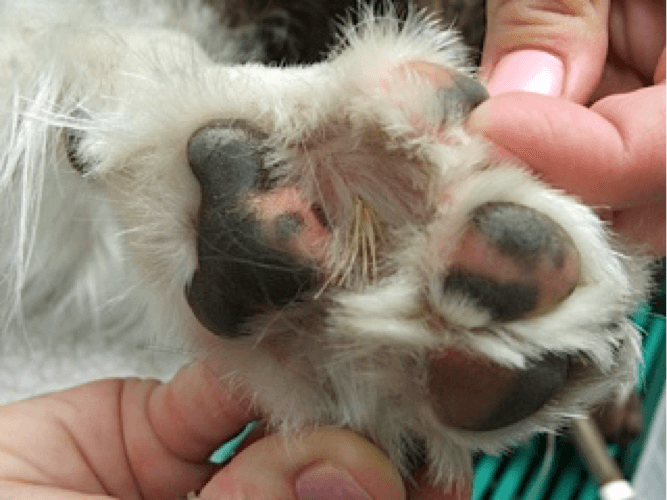
Other symptoms are violent shaking of the head; painful lumps on the skin and excessive pawing at the eyes. Some signs that are more visible include discharging puss; visible abscesses, and bacterial infections.
As in most cases, the best thing to do is to be proactive and make sure you are aware of all the areas your dog is exposed to.
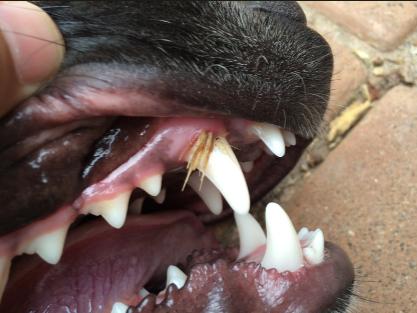
Think thoroughly about the places that you take your dog and scan the area to make sure it isn’t taken over by foxtail grass. Also, just like you check your dogs for ticks; check them regularly for the seed awns or any visible symptoms.
RELATED: FOXTAIL GRASS CAN KILL YOUR DOGS
Dogs have received some pretty nasty wounds due to foxtail grass. Infected eyes and feet are a common result of the seed awn getting stuck in the soft tissue. And other dogs have had to undergo major operations to remove the dangerous grass.
A lot of these situations have resulted in stitches. Once the foxtail grass burrows in the skin, infections are very likely to occur.

